We use cookies to make your experience better. To comply with the new e-Privacy directive, we need to ask for your consent to set the cookies. Learn more
Stable Vices in Horses | An explanation of different issues
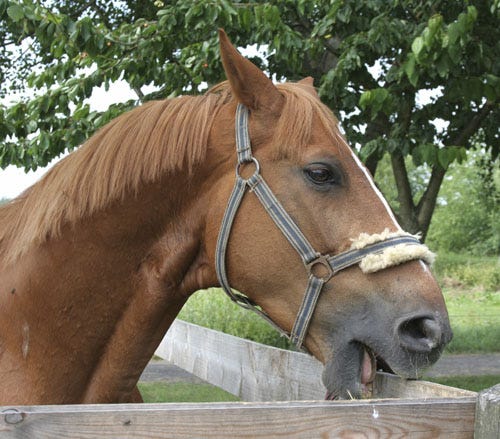
Types of Stable Vices in Horses
Wood Chewing:
Wood chewing can be either a psychological issue or a nutritional issue. More often than not it is lack of exercise or boredom. Part of fixing the problem is finding ways to decrease this boredom or increase their exercise. Covering fences where possible is recommended.
Cribbing:
Cribbing or crib biting is when horses will set their incisors into a horizontal object, arch their neck and pull backwards, swallowing air. This causes a release of endorphins and can be very addictive. Cribbing has recently been identified as a symptom of gastric ulcers.
Weaving:
Weaving is when a horse is repetitively shifting from side to side. They move weight from one front leg to the other and sway their head and neck. Weaving can lead to weight loss, weak tendons and associated problems. The easiest way to fix this problem is to allow more pasture time for your horse.
Box walking:
This term describes a horse that walks around his stable in circles. As a result of boredom. Consequently leading to ligament damage and exhaustion. More time in the pasture will help solve this behaviour and when the horse is in the stall provide it with a toy or an extra feed to prevent boredom.
Overall preventing stable vices in horses is easier than trying to cure them, some key advice is:
• Allow your horse more time out of their stall
• Provide toys or exercise to keep your horse occupied
• Companions in any animal form can be helpful
• Provide ad-lib roughage and use slow feeders to lengthen meal times
Many stable vices in horses can be attributed to stress. However, they can also be a symptom of ulcers.

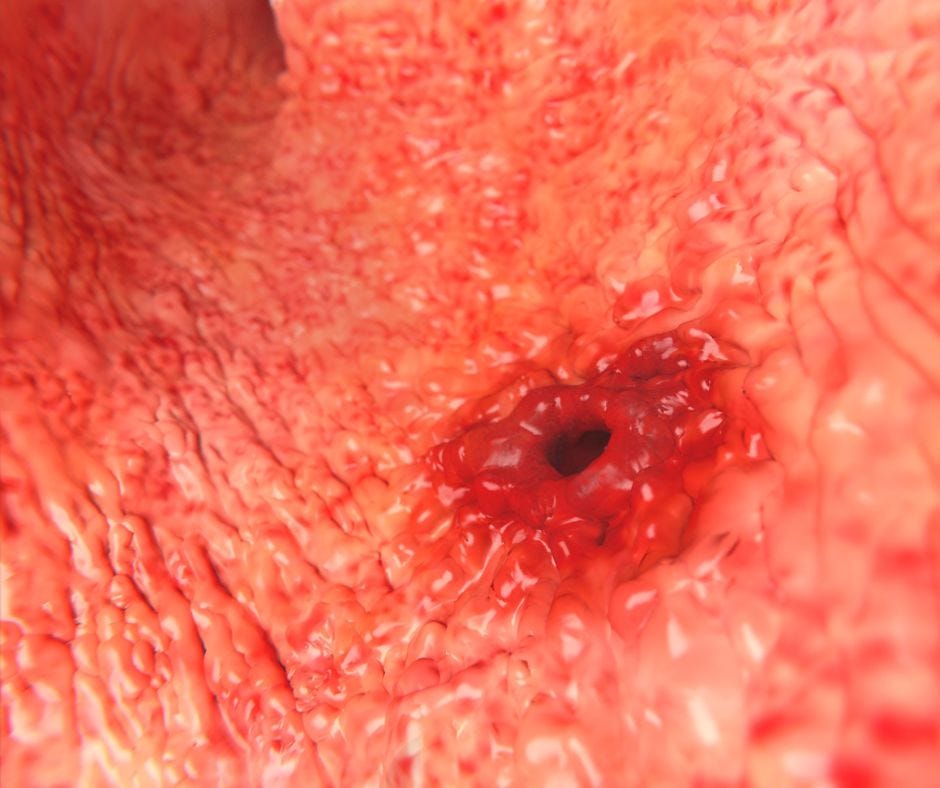
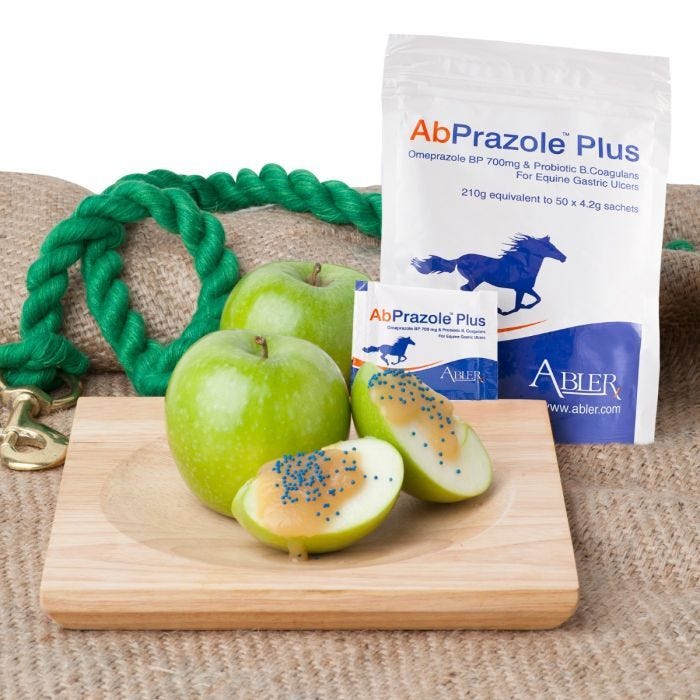
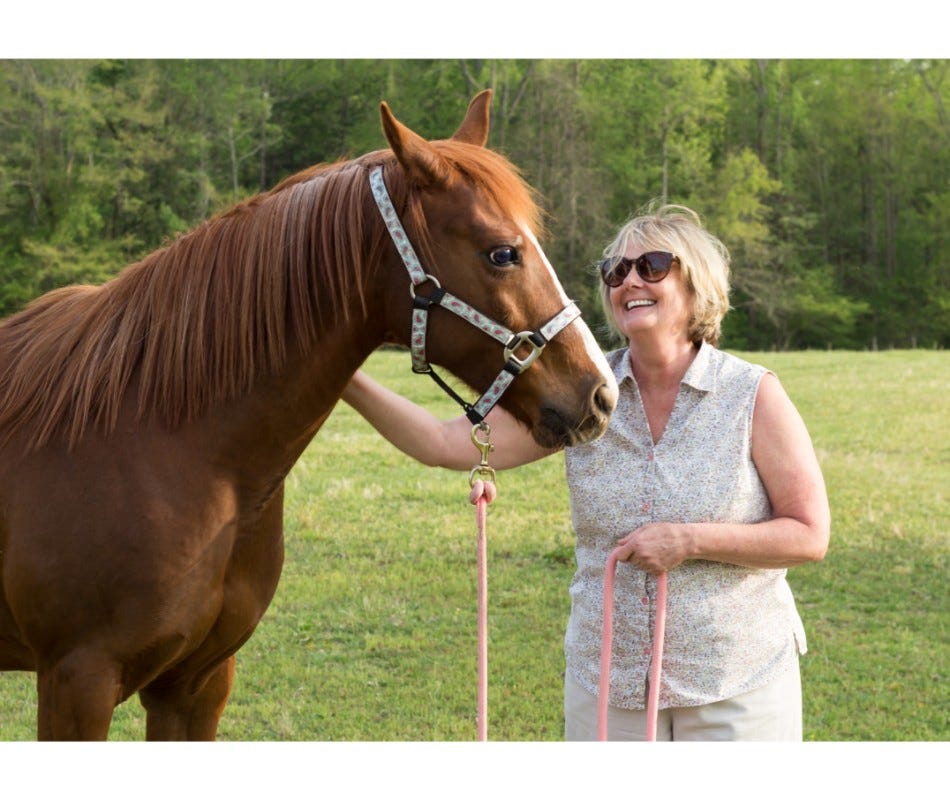
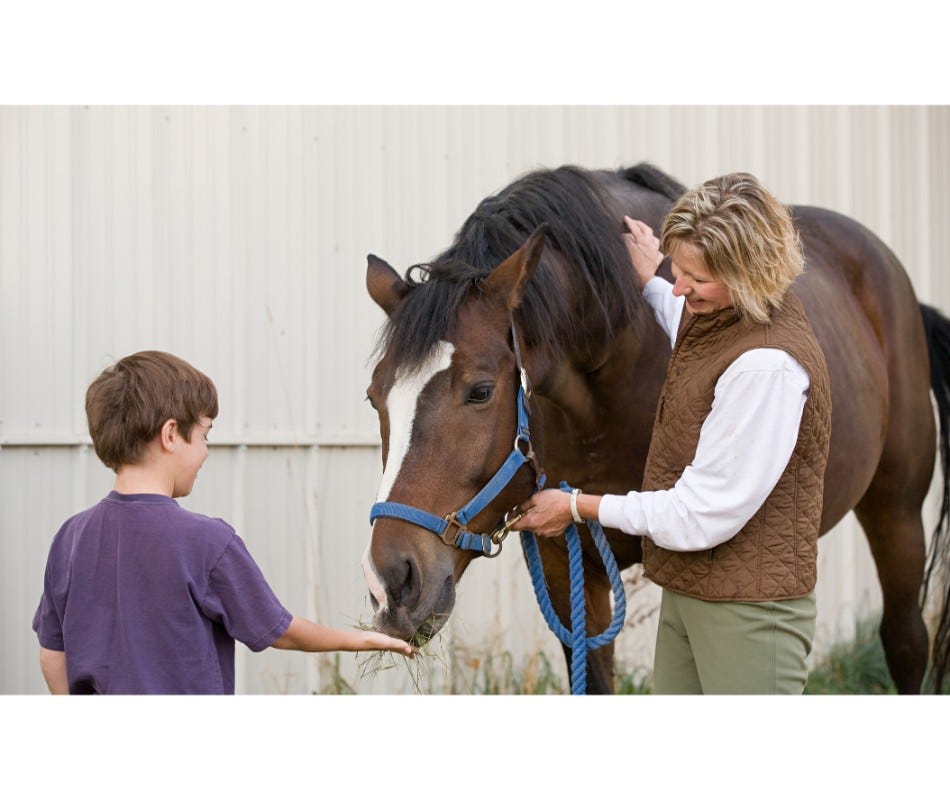
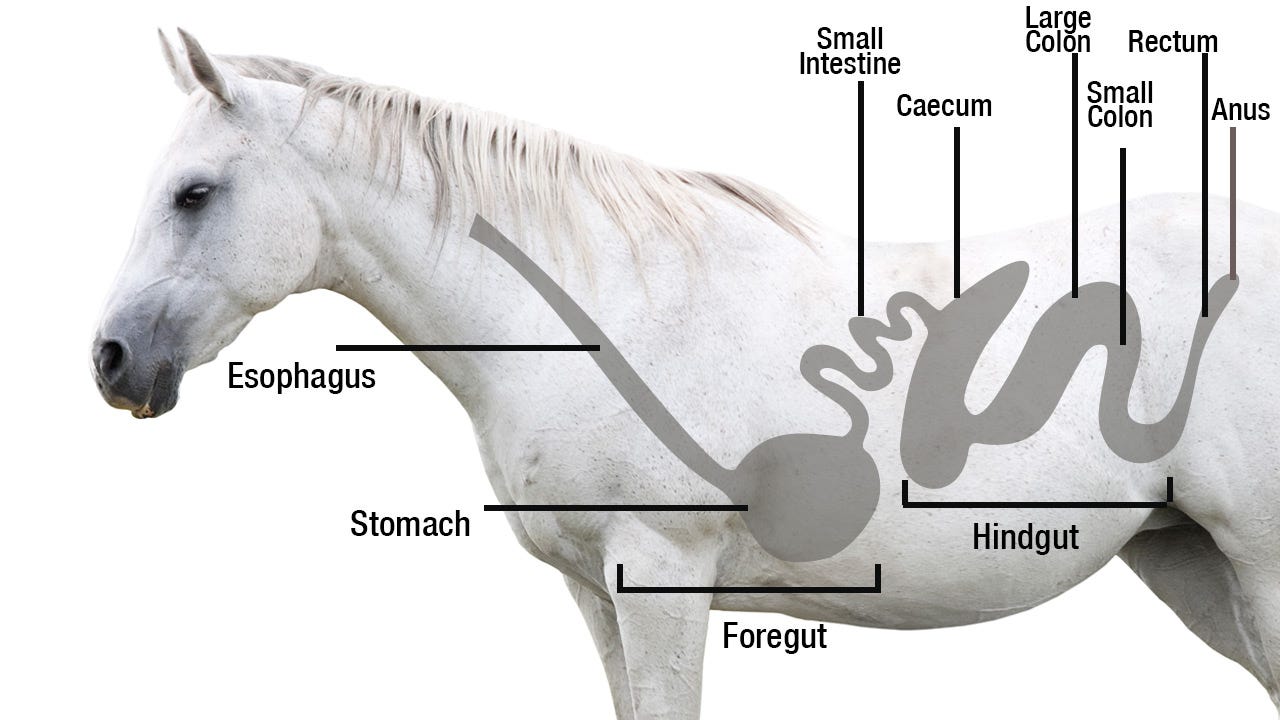
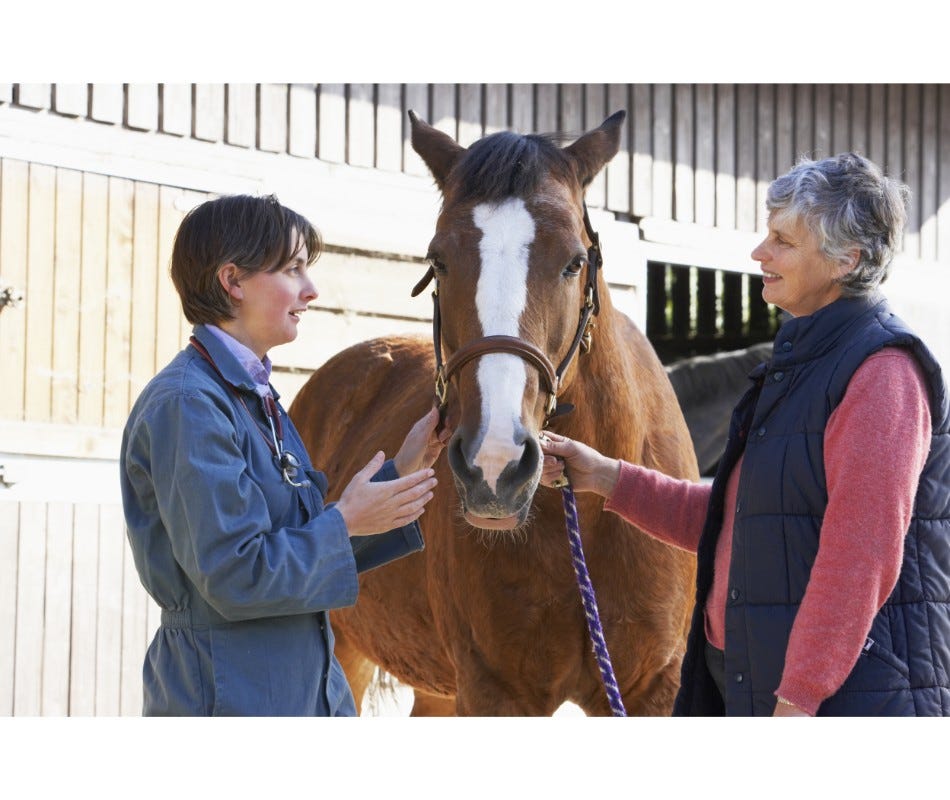
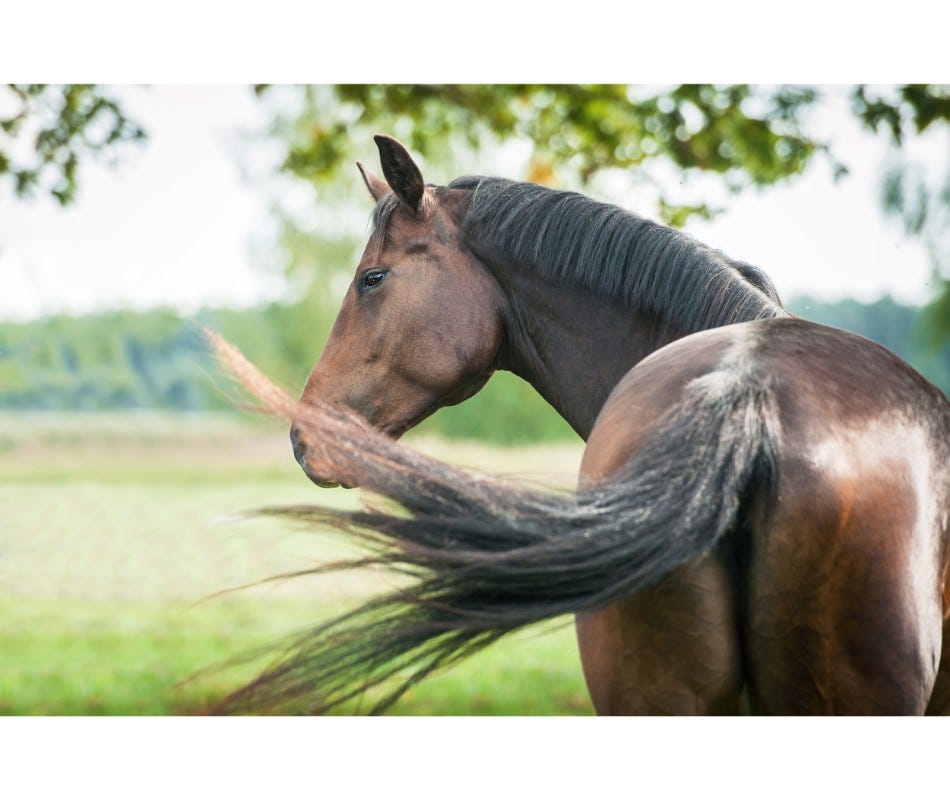
Validate your login